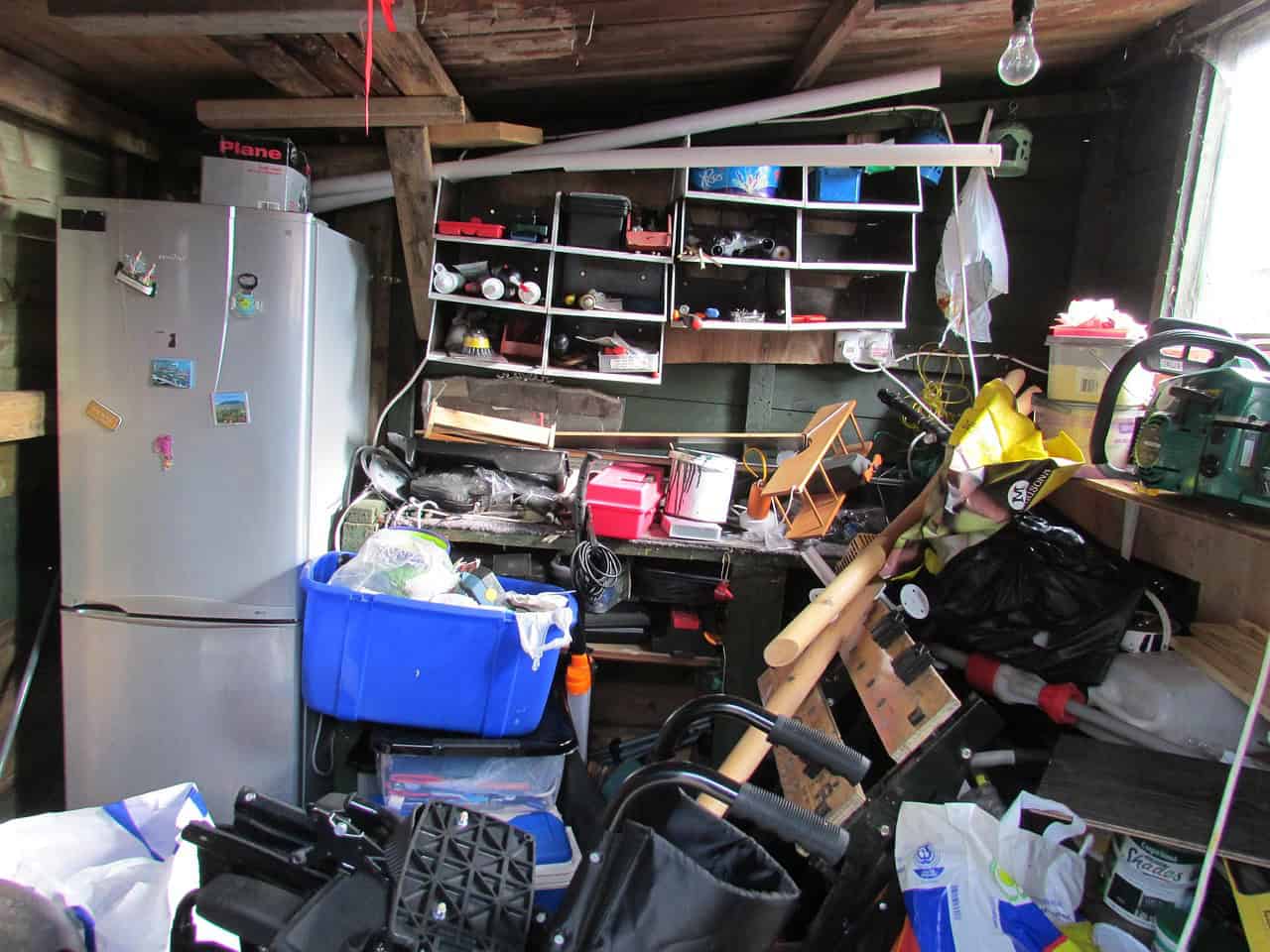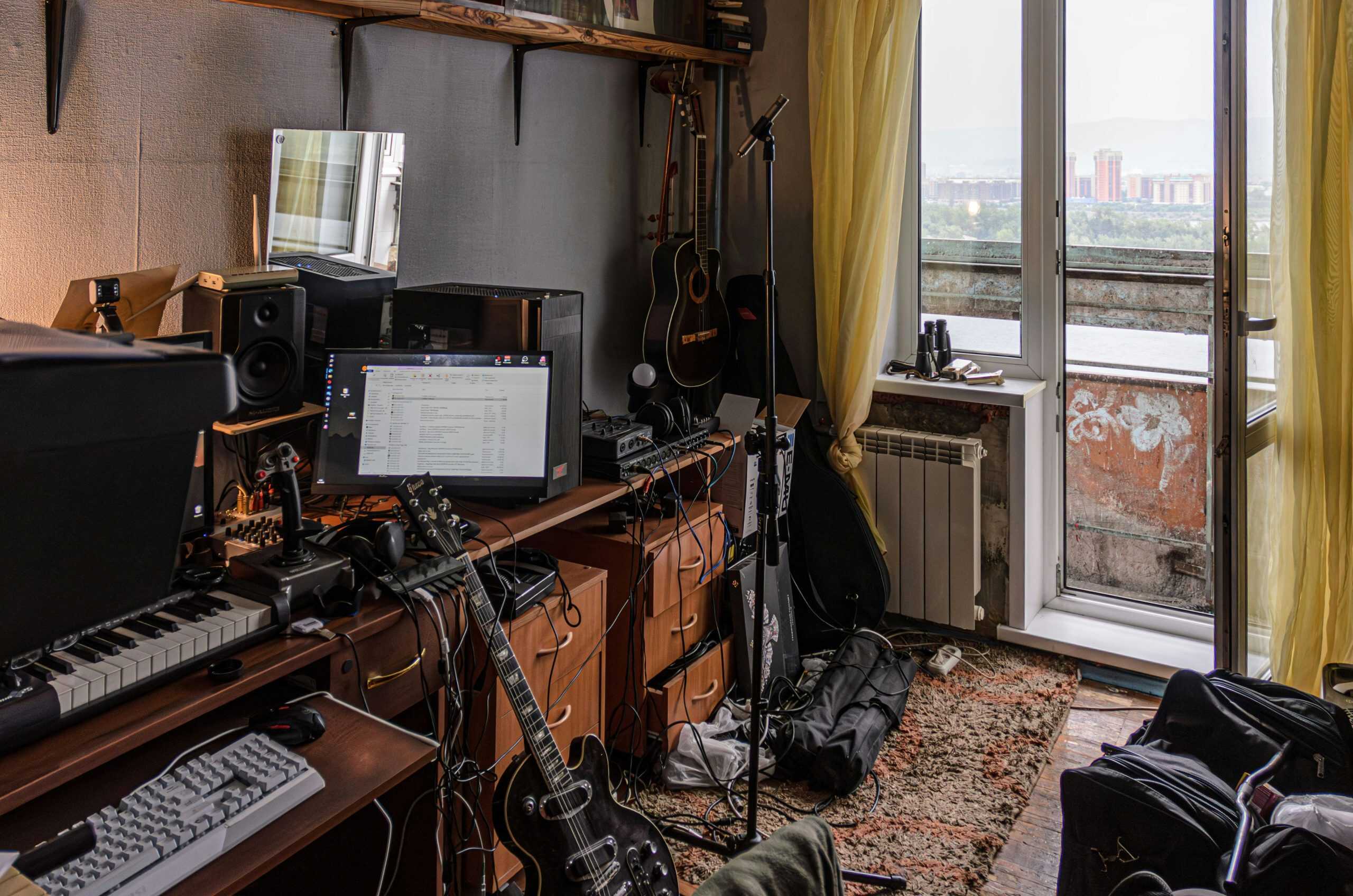Clutter: 9 Tricks That Will Help You Triumph
Look, I’m going to be brutally honest here – if you’re reading this while sitting in a room that looks like a tornado hit a Target store, you’re not alone. We’ve all been there, staring at the mountain of stuff, wondering how the hell we accumulated so much junk. But here’s the thing: unlike those cookie-cutter organization blogs that make it sound like Marie Kondo is going to appear and solve all your problems magically, this is about real solutions for real people with real clutter problems.
Why Your Clutter Situation Is Worse Than You Think
Before we dive into the good stuff, let’s talk reality check. That pile of clothes on your bedroom chair? It’s not “vintage decor.” Those 47 coffee mugs crammed in your cabinet? You’re not running a café. The average person spends almost two hours a week just deciding what to wear, and honestly, that’s probably because half your wardrobe is buried under other stuff you forgot you owned.
Here’s what gets me fired up: we’re living in homes that are three times bigger than houses in the 1950s, yet somehow we still don’t have enough space. It’s not a space problem – it’s a stuff problem. And that stuff is making you stressed, tired, and probably broke from buying duplicates of things you already own but can’t find.
The Psychology Behind Why Clutter Kicks Your Butt
There’s actual science behind why clutter makes you feel like garbage. When your brain sees a mess, it goes into overdrive trying to process all the visual stimuli. It’s like having 20 browser tabs open on your mental computer – everything slows down, and eventually, you just want to shut the whole system down and take a nap.
Plus, clutter creates this nasty cycle where you feel overwhelmed, so you avoid dealing with it, which makes it worse, which makes you more overwhelmed. It’s like being stuck in quicksand made of Amazon packages and random kitchen gadgets you bought during late-night infomercial binges.
9 Tricks That Actually Work (No BS Edition)

1. The “One Touch” Rule
Here’s where most people screw up: they pick up something, look at it, put it down somewhere else, then pick it up again later. Stop doing that. When you touch something, deal with it immediately – throw it away, put it where it belongs, or add it to your donation pile. No more “I’ll deal with this later” because later never comes.
2. Start With the Trash (Seriously, Just Trash)
Forget about organizing anything. Walk through your house with a trash bag and throw away obvious garbage – expired coupons, broken items, that weird promotional item you got at a trade show five years ago. This isn’t emotional; it’s just removing actual trash from your living space. You’ll be shocked at how much better things look with just the garbage gone.
3. The “Box In, Box Out” Strategy
Every time something new comes into your house, something else has to leave. New shoes? Old shoes get donated. New book? Finished book goes to the library donation box. This prevents the clutter from multiplying like rabbits while you’re sleeping.
4. Attack One Surface at a Time
Don’t try to declutter your entire living room. Pick one surface – your coffee table, your kitchen counter, whatever – and make it completely clear. Then maintain that one surface for a week before moving to the next one. Baby steps prevent the overwhelm that makes you give up after two hours.
5. Use the “Best, Favorite, or Necessary” Test
When you’re staring at an item wondering if you should keep it, ask yourself: Is this the best version I own? Is it my favorite? Or is it absolutely necessary? If it doesn’t hit at least one of these criteria, it’s clutter disguised as useful stuff.
6. Set a Timer for 15 Minutes
The idea of spending your entire Saturday decluttering is enough to make anyone hide under a blanket. Instead, set a timer for 15 minutes and work on clutter for just that long. Most people can handle anything for 15 minutes, and you’ll be surprised how much you can accomplish. Plus, momentum is real – you might find yourself wanting to keep going.
7. Create a “Maybe” Box for Emotional Items
Some stuff is hard to let go of because of sentimental value. Instead of keeping everything or forcing yourself to throw away your grandmother’s collection of ceramic cats, put questionable items in a “maybe” box. Store it somewhere out of the way for six months. If you don’t miss anything in that box or need to dig through it, donate the whole thing without opening it.
8. Stop Buying Organization Products First
I know, I know – those pretty bins and baskets are calling your name from Target’s organization section. But buying storage solutions before you declutter is like buying bigger pants instead of going on a diet. Get rid of the excess stuff first, then figure out how to organize what’s left. You’ll save money and actually solve the problem instead of just hiding it in prettier containers.
9. Focus on High-Impact Areas First
Your entryway, kitchen counter, and bedroom are the spaces that affect your daily mood the most. Start there instead of tackling that junk drawer in the guest bedroom that nobody sees. When the spaces you use every day feel calm and organized, you’ll have more motivation to tackle the hidden clutter.
The Uncomfortable Truth About Decluttering

Here’s what those perky organization influencers won’t tell you: decluttering can be emotionally exhausting. You’re not just sorting through stuff; you’re confronting past versions of yourself who thought that bread maker was a good investment or who kept every greeting card ever received.
Some clutter represents guilt – the expensive exercise equipment you never used, the craft supplies for hobbies you abandoned, the clothes that don’t fit but represent the person you thought you’d become. It’s okay to feel frustrated or even sad while going through this stuff. Those feelings are valid, but don’t let them paralyze you.
Making It Stick This Time
The difference between people who successfully declutter and people who just rearrange their mess is maintenance. Once you’ve cleared a space, you need systems to keep it that way. This means designated homes for everything, regular “clutter patrol” sessions, and being ruthless about what you allow back into your space.
Remember, clutter didn’t appear overnight, and it won’t disappear overnight either. But every single item you remove is one less thing demanding your mental energy. Every clear surface is a small victory worth celebrating.
The goal isn’t perfection – it’s progress. Your home should work for you, not against you. And if anyone judges you for having a lived-in space while you’re working on getting it under control, they can keep their opinions to themselves while you focus on creating a home that actually makes you happy.







